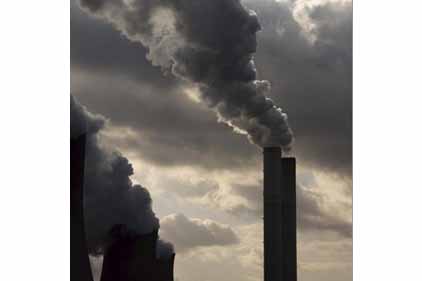China has said it will drastically cut HFC emissions by 280 million tonnes of CO2 — similar to the annual carbon footprint of Spain.
According to RTCC, a Chinese language copy of the government’s “2014-2015 energy saving low-carbon development action plan,” dated May 28, includes an intention to accelerate the destruction of HFCs and pursue alternatives used in refrigeration and air conditioning, demand for which has soared.
“This sends a strong signal to HFC producers and consumers around the world to speed up their efforts to get out of HFCs and into climate friendly alternatives,” said Durwood Zaelke of the U.S.-based Institute for Governance & Sustainable Development, which monitors efforts to phase out the climate-changing chemicals.
Natasha Hurley, a campaigner with the Environmental Investigation Agency, said the Chinese announcement appeared to be the first major step in phasing out the gases.
“There doesn’t appear to be too much information about longer term targets on cutting emissions from HFCs, but I’d expect the reductions to be deeper over time,” she said.
Campaigners say a fast phasedown of HFCs by 2020 under the 1987 Montreal Protocol would prevent up to 200 billion tonnes of CO2 emissions being pumped into the atmosphere by mid-century, and avoid up to 0.5°C of warming by 2100.
Without action to curb HFCs, by 2050, emissions from the gases could be equivalent to 12 percent of annual CO2 emissions under a business-as-usual scenario, and up to 75 percent of annual greenhouse gas.
Content for the European Spotlight is provided courtesy of Refrigeration and Air Conditioning Magazine, London. For more information, visit www.racplus.com.
Publication date: 7/7/2014









